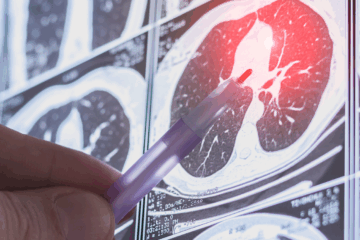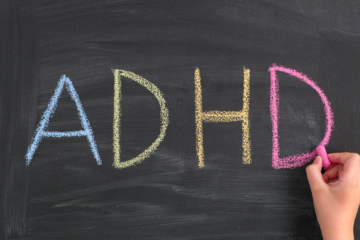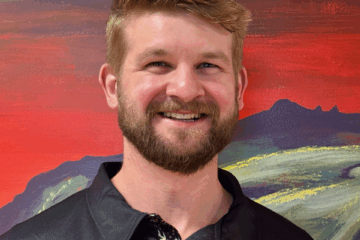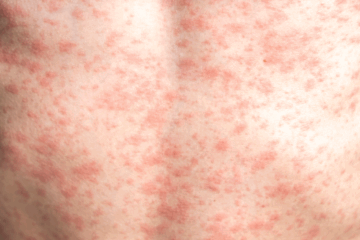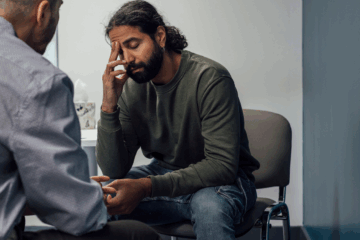LATEST ARTICLES
The National Lung Cancer Screening Program: a revolution in lung cancer
By Professor Fraser Brims, Curtin Medical School and Institute for Respiratory Health Lung cancer accounts for approximately 9%...
Call for GPs keen to diagnose and treat ADHD
Up to 65 West Australian GPs are expected to begin assessing and prescribing for ADHD as early as...
Fast-tracked doctors destined for regional WA
The first of 10 specialist doctors expected to take up roles in rural WA as part the Expedited...
A $1.4 billion boost to WA health – but is it enough?
The State Budget for the new financial year will see a $1.4 billion increase in spending on health,...
A warning for the public health system as further NDIS cuts loom
Peak industry and professional bodies have sounded the alarm on upcoming changes to the NDIS, warning they would...
Doctors urged to have a high suspicion for measles
GP clinics and emergency departments are being reminded to take precautions around measles after a public health alert...
Bridging the gap: innovative models of mental health care
Dr Vash Singh, Psychiatrist, Subiaco During the Federal election campaign, promises to expand mental health services were front...
Compassion fatigue: the toll of constantly caring
Compassion fatigue is common in caring professions – from GPs to unpaid carers. Supporting and understanding each other...





